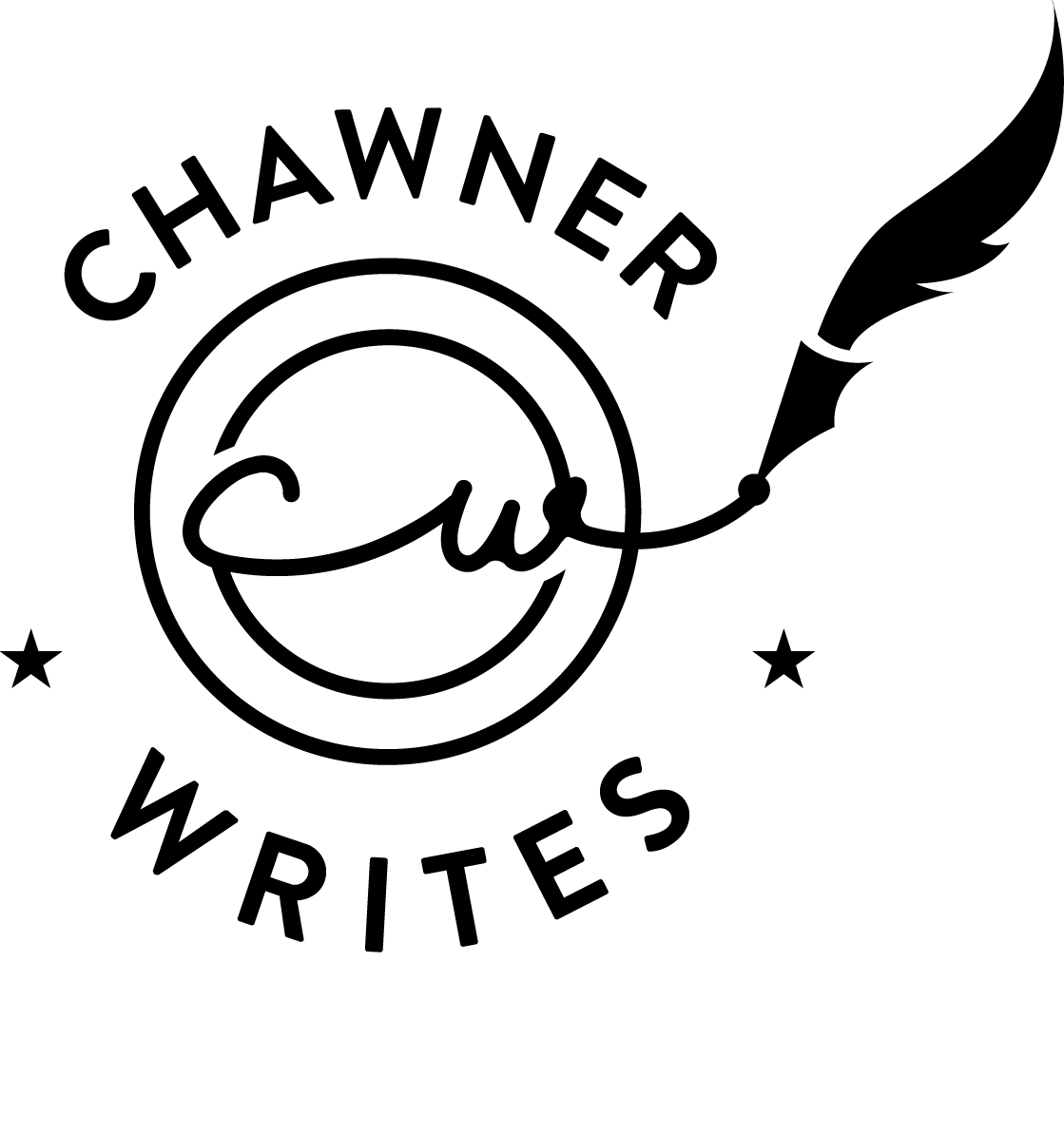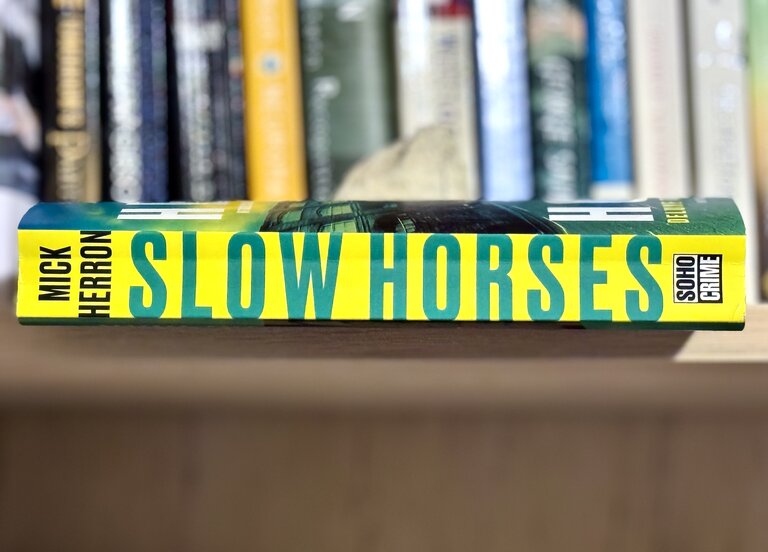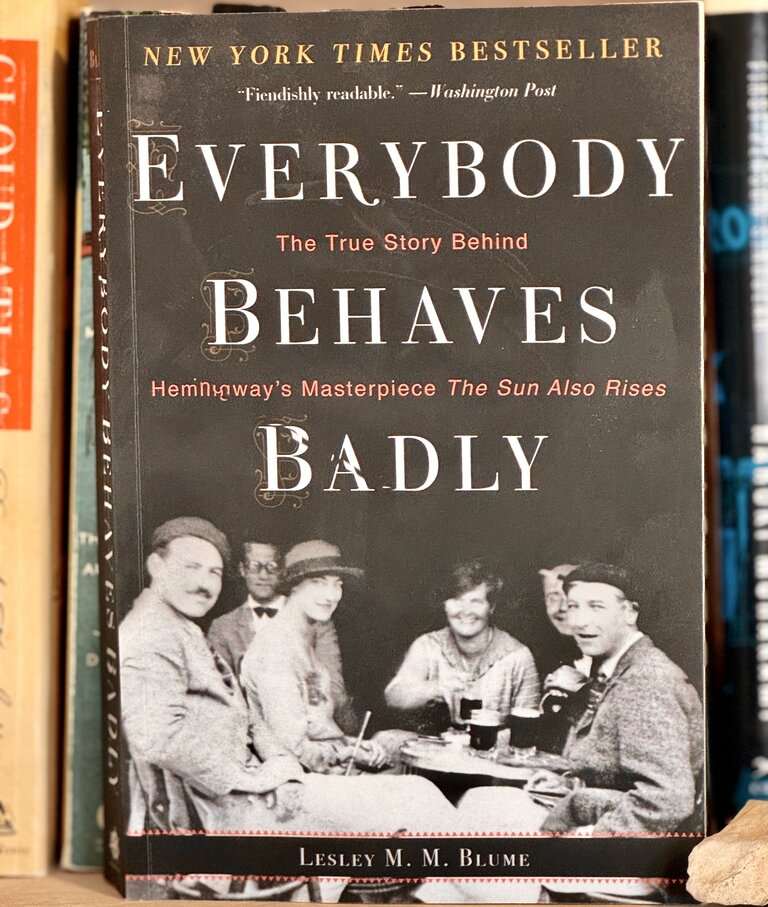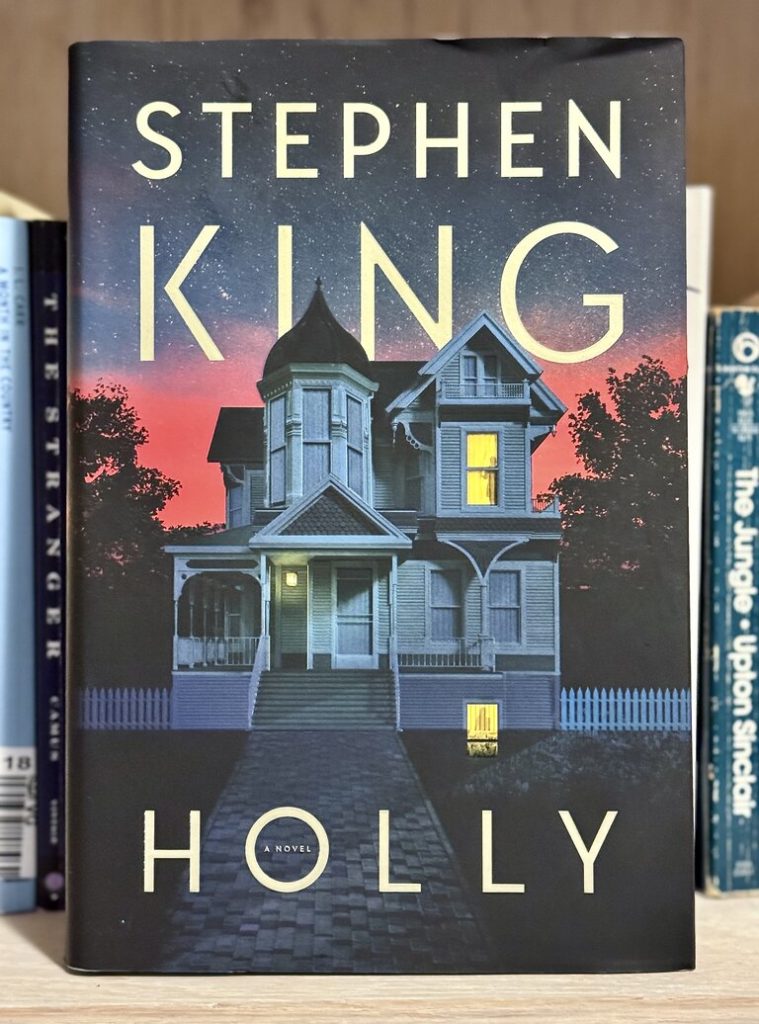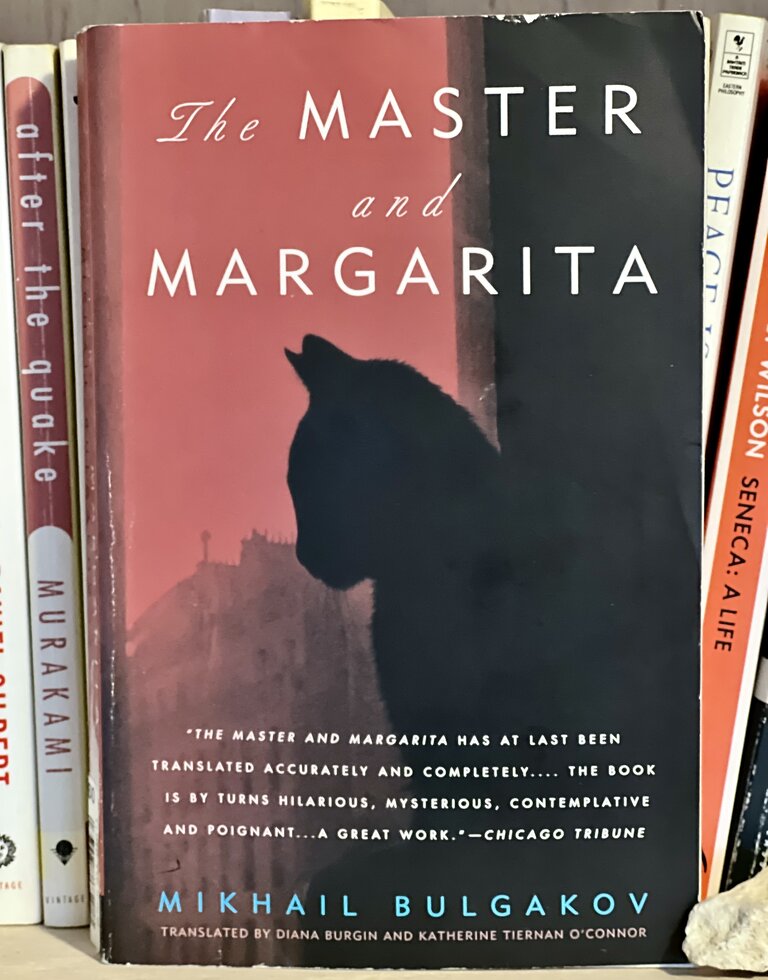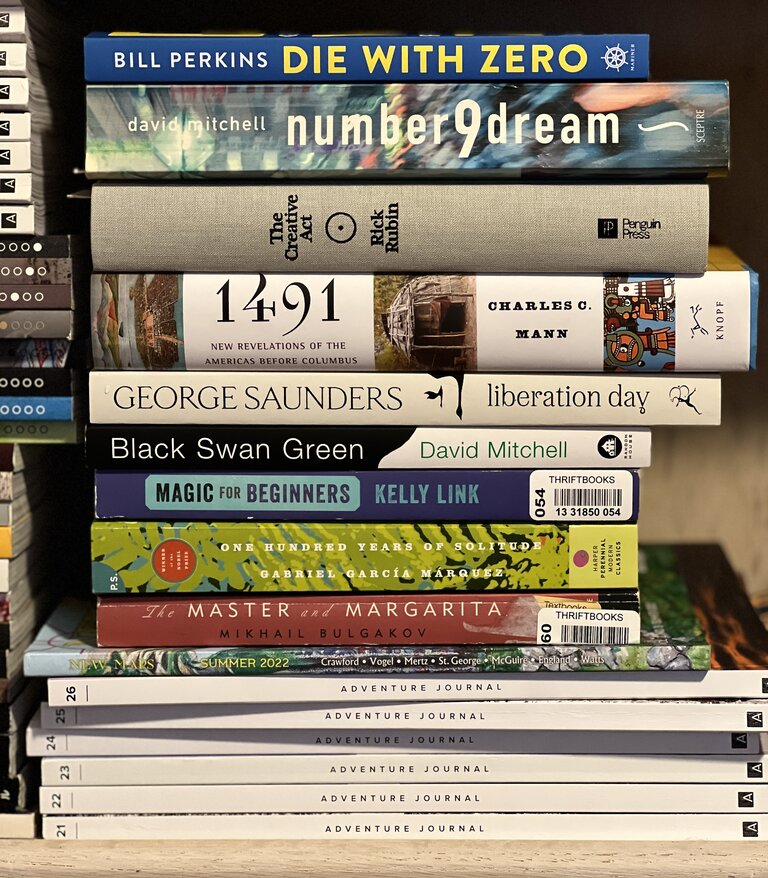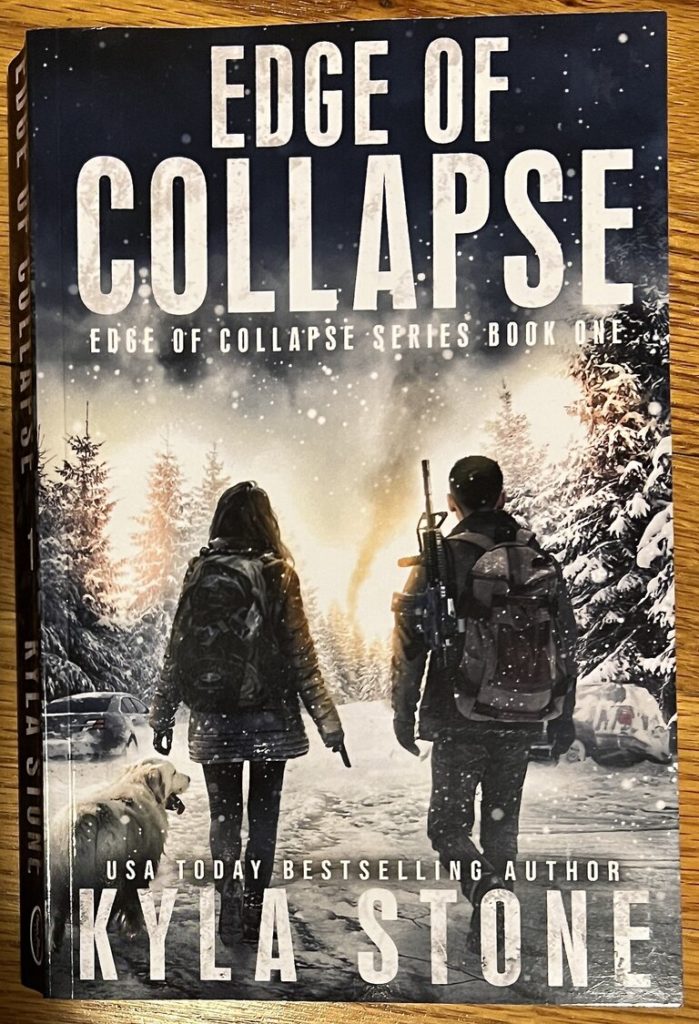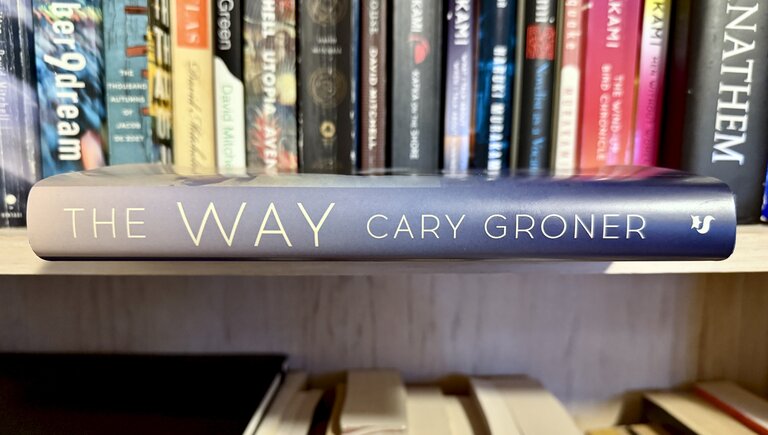
Recently, I’ve read several newly released post-apocalyptic novels, including The Ancients, Annihilation, and The Way by Cary Groner. The Way good read; a page-turning blend of familiar genre elements with original twists.
The novel follows Will Collins as he travels across the American Southwest, a region devastated by pandemics and the collapse of organized society. His companions are a raven and a cat… and he can speak with both. Early in the story, we learn that Will is attempting to reach California to deliver a potential cure for the pandemic.
One of the highest compliments I can give a novel is to describe it as a page-turner. While The Way doesn’t rely on the formulaic pacing of thrillers like The Da Vinci Code, I found it difficult to put down — particularly in the early chapters. Groner’s prose is immersive, drawing the reader into Will’s world. Ironically, as the plot escalates and the stakes increase, the narrative becomes somewhat less compelling. The quieter moments are more engaging than the action-driven sequences.
Two elements, in particular, set The Way apart:
Communication with Animals
Will’s ability to speak with animals lends a surreal-ness to the story. Rather than serving as a mere gimmick, the animal companions become fully realized characters. Their presence creates a sense of companionship within the traveling group, which evolves over time to include others — each with distinct roles and skills.
Integration of Buddhism
Will’s identity as a practicing Buddhist is central to both his character and the novel’s themes. Groner integrates Buddhist philosophy throughout the story, not as background detail, but as a structural and moral framework. Will’s commitment to nonviolence becomes his defining flaw — a significant challenge when survival requires force.
Like most post-apocalyptic fiction, The Way relies on certain well-established conventions:
• Landscape of decaying infrastructure and societal ruins
• Small band of survivors traveling toward a distant goal
• “The Cure” that may save humanity
• Safe, untouched house offering respite
Minor Critiques
A few plot elements are just too convenient. The talking raven, while a fun character, provides very helpful aerial and interspecies intelligence. A young girl with expert marksmanship conveniently joins the group just as Will’s pacifism becomes a liability. At one point, the group repairs a locomotive despite lacking any relevant expertise.
The Way is a strong post-apocalyptic novel. It is thoughtful, well-written, and unique its use of classic genre elements and the unique additions of interspecies communication and Buddhism. Recommended.
